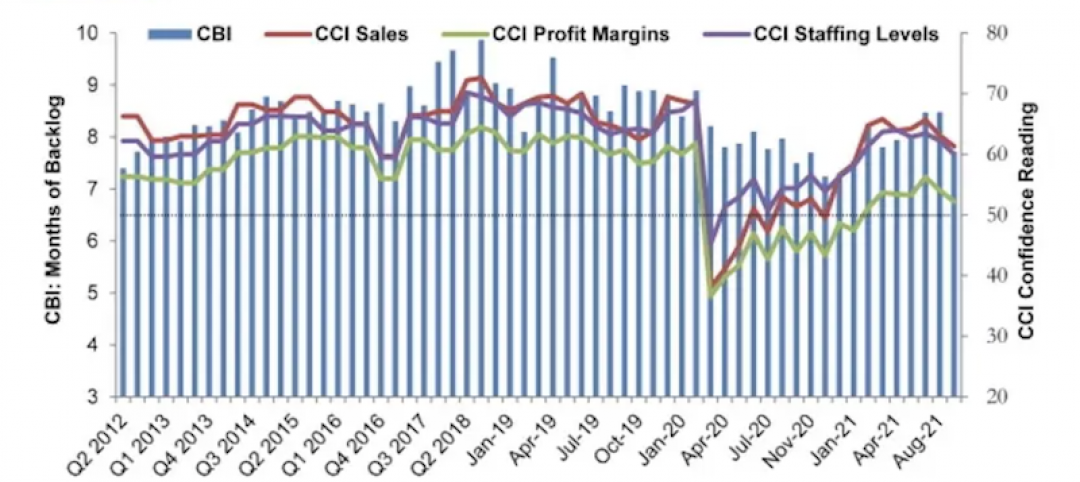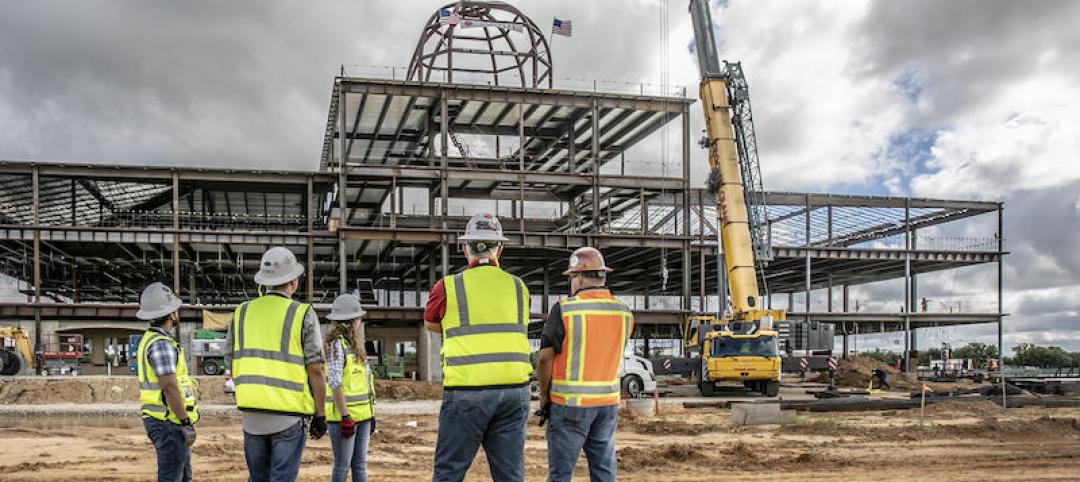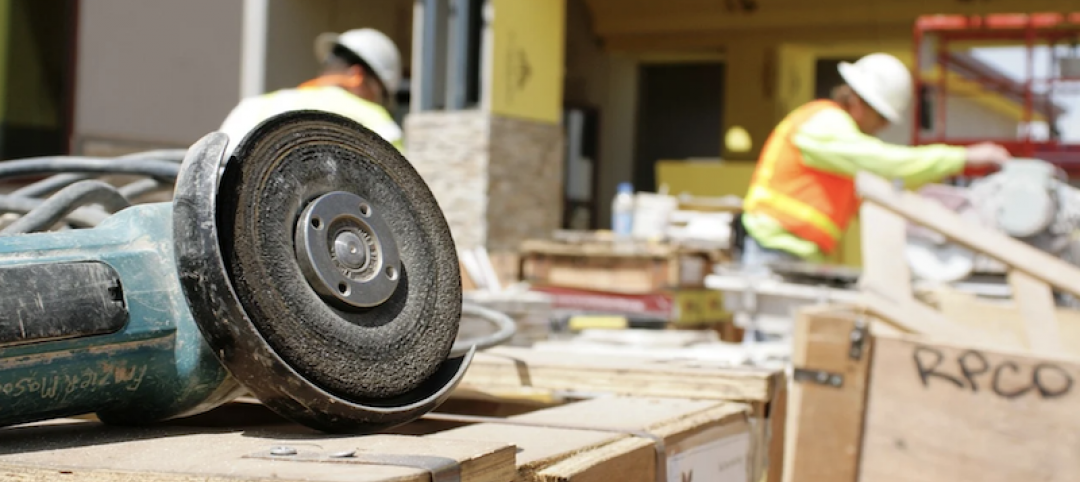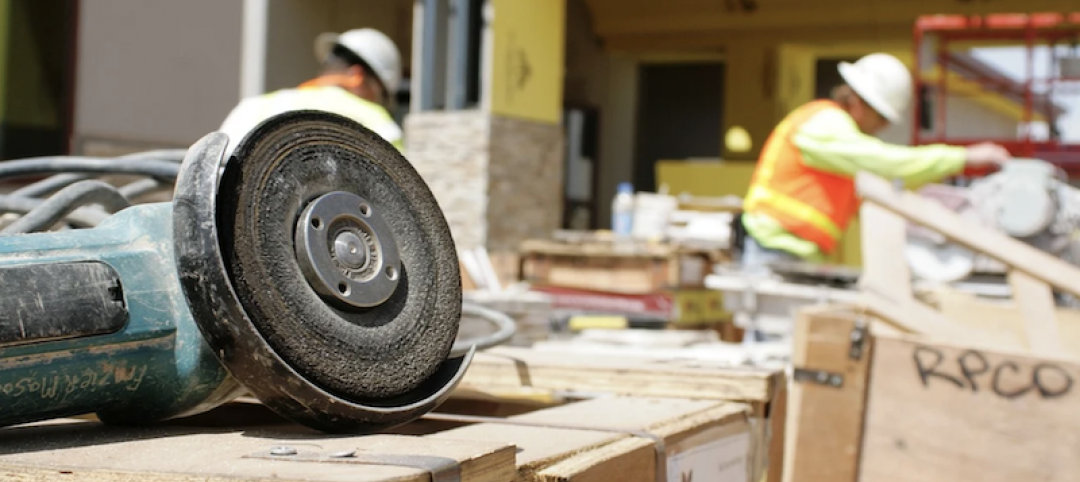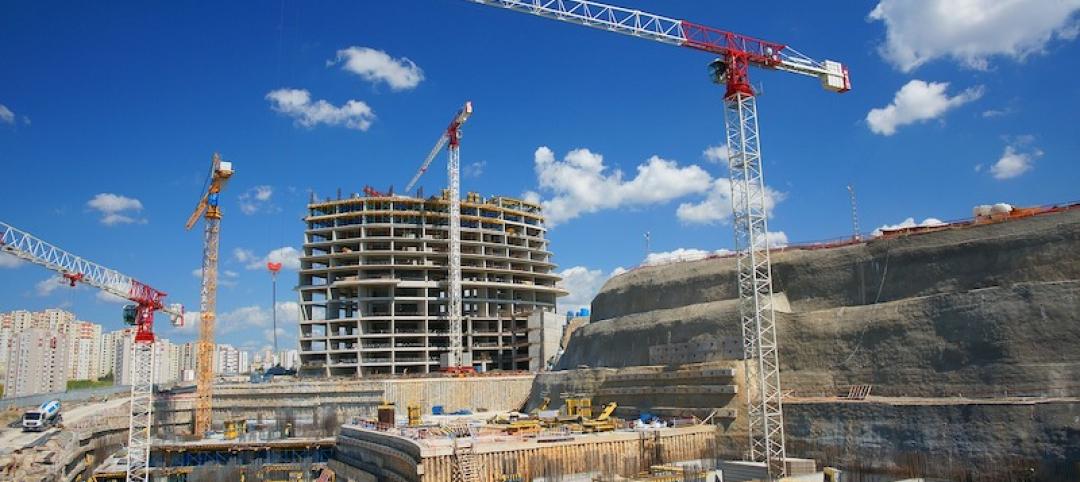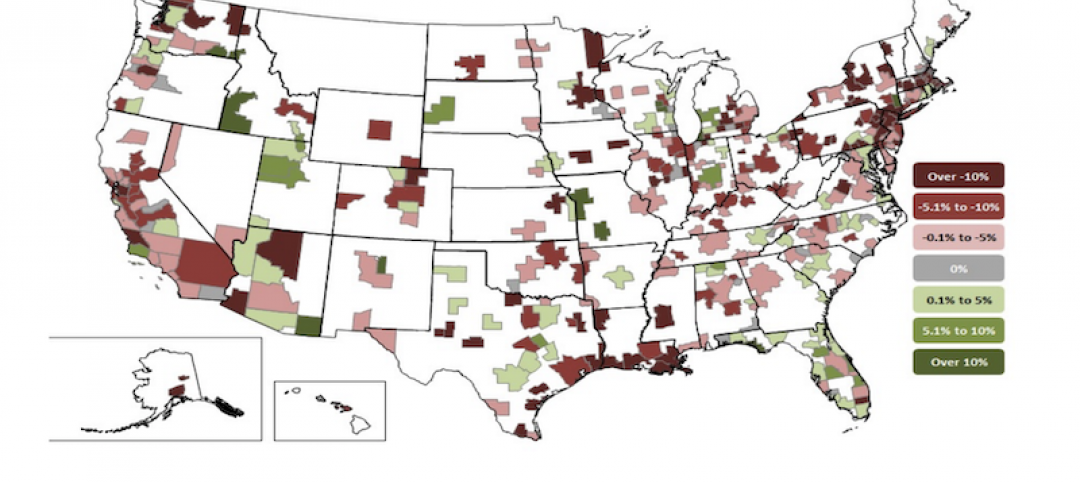The International Code Council conducted a follow up survey of building and fire departments to learn how code officials are coping with the professional challenges brought on by the COVID-19 pandemic. From August 11 through September 3, 2020, more than 800 respondents from all 50 U.S. states and the District of Columbia provided input. Respondents came from states as well as and local jurisdictions that range in size from 700 people to 4 million.
This survey builds on the results of a prior survey, undertaken in April when states were beginning to issue stay-at-home orders, to determine how departments have responded in the interim and how they are keeping up with new building permits and new construction during the pandemic months.
The results underscore the importance of additional federal resources for code departments. Although the U.S. Department of Homeland Security has determined the work of building and fire prevention departments to be essential to the nation’s response to the coronavirus pandemic—and no state has made a contrary determination—about half of survey respondents did not have the capability to remotely carry out critical aspects of their work. That’s an improvement from 6 in 10 in April, but still unacceptable given code departments’ vital role in communities' pandemic response, resilience, economic recovery and long-term success.
With many state and local governments facing severe revenue downturns resulting from the coronavirus pandemic, more than 4 in 10 respondents reported budget cuts this year, while a little less than half are expecting budget cuts next year. Only 1 in 10 respondents were able to access the $150 billion Coronavirus Relief Fund (CRF) that the federal Coronavirus Aid, Relief, and Economic Security Act (CARES Act, H.R. 748), provided to aid state, local, tribal, and territorial governments in response to this public health emergency.
Nearly all departments surveyed are performing inspections (98% now versus 93% in April) while nearly half still have key staff working remotely (47% now versus 66% in April). The results show small improvements in e-permitting (28% lacking that capability now versus 30% in April) and plan review capabilities (39% lacking that capability now versus 41% in April), with greater improvements in access to code materials (16% lacking access now versus 25% in April) and remote virtual inspections (50% lacking that capability now versus 61% in April). Local laws and departmental practices can restrict the use of virtual capabilities. Of the respondents that did not have e-permitting capability, or that had software that did not address all aspects of e-permitting, a little less than half pointed to policies that prohibit implementation of a more comprehensive solution with just less than 4 in 10 pointing to a requirement for submittal of hard copy plans.
“The results of this survey show how, in less five months, the Code Council’s governmental members have worked to ensure their departments can continue to protect public safety and spur economic activity in a virtual work environment,” said Code Council Chief Executive Officer Dominic Sims, CBO. “But too many departments have outstanding needs. It’s critical that sufficient resources to support building and fire prevention departments are provided by state and local governments through existing CARES Act funds and by the federal government through any subsequent economic stimulus package.”
In the coming weeks, the Code Council will produce a more detailed report on the survey’s findings, summarizing recommended best practices for remote work and policy considerations to facilitate the implementation of virtual solutions.
Related Stories
Market Data | Sep 20, 2021
August construction employment lags pre-pandemic peak in 39 states
The coronavirus delta variant and supply problems hold back recovery.
Market Data | Sep 15, 2021
ABC’s Construction Backlog Indicator plummets in August; Contractor Confidence down
ABC’s Construction Confidence Index readings for sales, profit margins and staffing levels all fell modestly in August.
Market Data | Sep 7, 2021
Construction sheds 3,000 jobs in August
Gains are limited to homebuilding as other contractors struggle to fill both craft and salaried positions.
Market Data | Sep 3, 2021
Construction workforce shortages reach pre-pandemic levels
Coronavirus continues to impact projects and disrupt supply chains.
Multifamily Housing | Sep 1, 2021
Top 10 outdoor amenities at multifamily housing developments for 2021
Fire pits, lounge areas, and covered parking are the most common outdoor amenities at multifamily housing developments, according to new research from Multifamily Design+Construction.
Market Data | Sep 1, 2021
Construction spending posts small increase in July
Coronavirus, soaring costs, and supply disruptions threaten to erase further gains.
Market Data | Sep 1, 2021
Bradley Corp. survey finds office workers taking coronavirus precautions
Due to the rise in new strains of the virus, 70% of office workers have implemented a more rigorous handwashing regimen versus 59% of the general population.
Market Data | Aug 31, 2021
Three out of four metro areas add construction jobs from July 2020 to July 2021
COVID, rising costs, and supply chain woes may stall gains.
Market Data | Aug 24, 2021
July construction employment lags pre-pandemic peak in 36 states
Delta variant of coronavirus threatens to hold down further gains.
Market Data | Aug 17, 2021
Demand for design activity continues to expand
The ABI score for July was 54.6.




